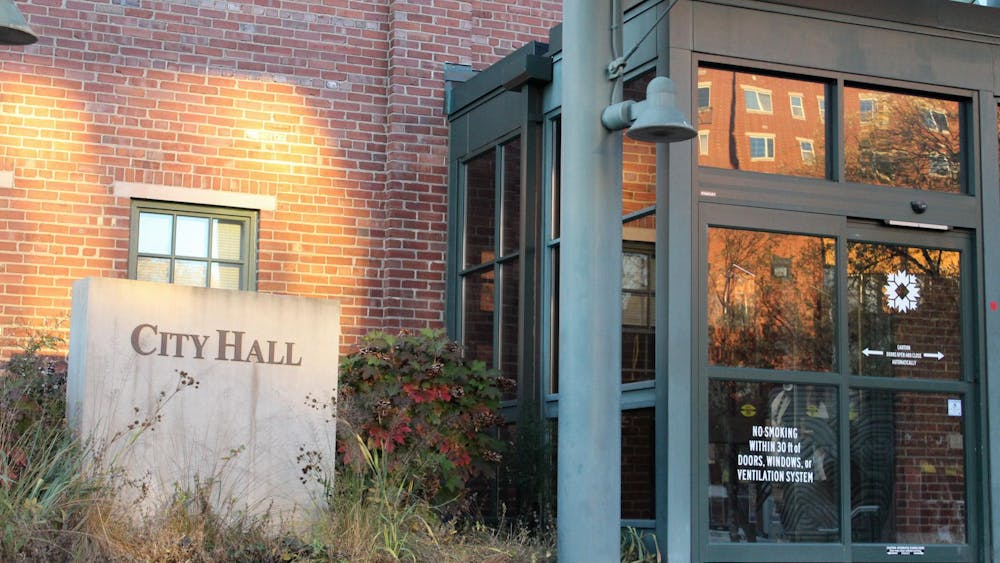New backpack turns \nenergy into electricity
WASHINGTON -- As students, soldiers and hikers can testify, it takes energy to haul around a heavy backpack. Now, researchers have developed a backpack that turns that energy into electricity.\nIt doesn't crank out a lot of juice but it's enough to run things like an MP3 player, a personal data assistant, night vision goggles, a handheld global positioning system or a GSM cell phone.\nThe researchers used a backpack fastened to the carrying frame -- a rigid frame similar to regular backpacks -- by springs. The up-and-down motion caused by walking powers a small generator, producing electricity that can be used directly or stored in a capacitor or battery.\nThe device, developed by Lawrence C. Rome of the University of Pennsylvania, and colleagues, was reported in Friday's issue of the journal Science.\nThe electricity-generating frame weighs about 10 pounds, Rome said. He's working to lighten it so it will weigh only a couple of pounds more than a standard backpack.
Human brain still evolving, study says
WASHINGTON -- The human brain may still be evolving.\nSo suggests new research that tracked changes in two genes thought to help regulate brain growth, changes that appeared well after the rise of modern humans 200,000 years ago.\nThat the defining feature of humans -- our large brains -- continued to evolve as recently as 5,800 years ago, and may be doing so today, promises to surprise the average person, if not biologists.\n"There's a sense we as humans have kind of peaked," said Greg Wray, director of Duke University's Center for Evolutionary Genomics. "A different way to look at is it's almost impossible for evolution not to happen."\nStill, the findings also are controversial, because it's far from clear what effect the genetic changes had or if they arose when lead researcher Bruce Lahn's "molecular clock" suggests -- at roughly the same time period as some cultural achievements, including written language and the development of cities.\nLahn, a geneticist at the University of Chicago, and colleagues examined two genes, named microcephalin and ASPM, that are connected to brain size. If those genes don't work, babies are born with severely small brains, called microcephaly.\nFor the microcephalin gene, the variation arose about 37,000 years ago, about the time period when art, music and tool-making were emerging, Lahn said. For ASPM, the variation arose about 5,800 years ago, roughly correlating with the development of written language, spread of agriculture and development of cities, he said.\nThe findings were published in Friday's edition of the journal Science.





